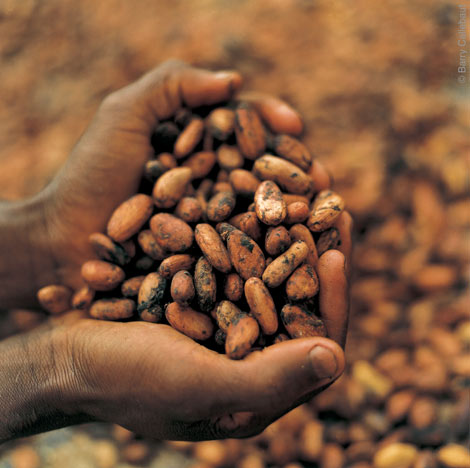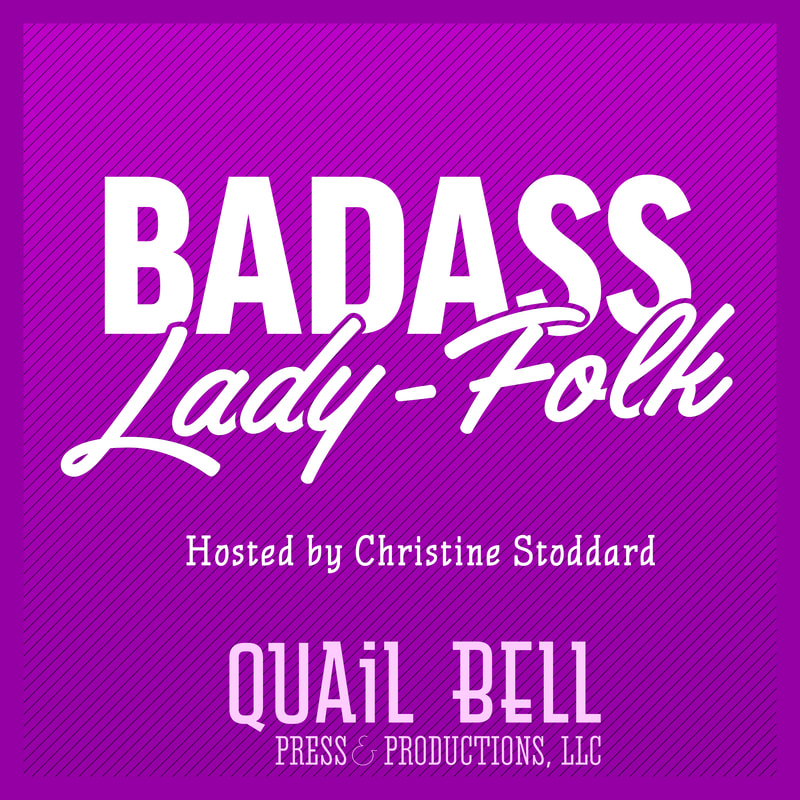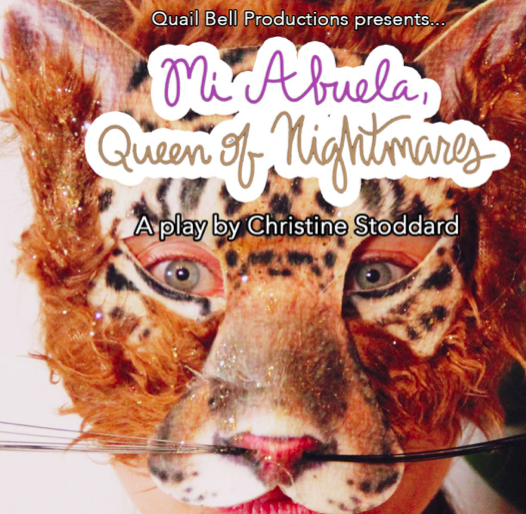|
The Breadcrumbs widget will appear here on the published site.
A Brief History of Chocolate's Slave Labor By Claire Ledoyen QuailBellMagazine.com 1500 B.C. - 400 B.C. It is believed that the ancient Olmecs, a Mesoamerican civilization located in Southern Mexico (around modern-day Veracruz) that preceded the Mayan and Aztec peoples, were the first to cultivate and consume cocoa beans. The cocoa product they ingested was a bitter, frothy drink made with chilis and herbs. 500 B.C. – A.D. 1500 Cacao trees flourish on the Yucatan Peninsula and more southern parts of Mexico. Beans from cocao pods are used as currency. 1200 Mayans trade “cacau," a drink similar to that of the Olmecs’, to the Aztec population; the Aztecs are the first to tax the bean in the 1300’s. 1492-1502 In Spain, among his other treasures Christopher Columbus’ cocoa beans are overlooked after numerous expeditions to the Americas. 1527 After building a cocoa plantation in southern Mexico (and after being mistaken for the Aztec god Qeutzalcoatl then conquering the Aztecs), another Spanish explorer named Hernan Cortes brings the knowledge and materials for making cocoa products back to court. The court of King Charles V keeps the secret of cocoa hidden for almost a century. 1585 First shipments of the bean from Mexico come into the Spanish city of Seville. 1606 An Italian traveler discovers the Spaniards’ use of cocoa and takes his discovery back to Italy – this is the first time cocoa leaves Spain. From Italy it quickly spreads to Germany and Switzerland. By the late seventeenth century English, French, and Dutch cocoa plantations that primarily utilize West African slaves as labor populate the West Indies and South America. Sweetened and unsweetened cocoa seeps into the North American colonies in the early 1700’s and is an American mainstay by 1750. Shops in Boston advertise both its medicinal and aphrodisiacal qualities--while European colonization swallows most of the known world, and the world’s cocoa plantations. The European chocolate market flourishes. Large scale chocolate production was in full swing by the 1880’s, the first chocolate bar having been made in 1847. The two largest exporters of cocoa beans, two islands in Portugal, were known for their use of slave labor even though it was supposedly “abolished” in 1875. In 1909, four major chocolate companies decide to boycott the two Portuguese islands as retaliation against the abusive conditions. This doesn’t really work. 1930 saw the Abolition of Forced Labor Convention, which tried to establish labor rules for African and South American chocolate plantations. However, the trafficking and worker exploitation, especially of children, persisted still The Forced Labor Convention got an update in 1957, and things seemed to quiet down then--or maybe just get swept under the rug. A scandal erupted in 2001 when information about mass child trafficking and slavery in West African cocoa plantations proved to be a tenacious and growing problem. Children from Mali, Burkina Faso and Niger are trafficked to Cote D’Voire, the Ivory Coast, ten to fifteen at a time. The average age bracket of those working illegally is 12 to 15, with most girls being taken at 11 or 12. It is not unusual for a plantation owner to steal a child at market without telling the kid’s parents. Usually children are tricked, told they will make money for their family; which they do sometimes when their family members sell them over. Most child workers do not get paid. The most exploitative plantation owners beat their workers for what they deem as inadequate performance. Some do not have the means for protective equipment against the harmful chemicals in pesticides that are necessary to protect the crop, and so small children and grown adults alike spray them with no defense whatsoever. When this material became public knowledge in ‘01, the “Cocoa Protocol” was created in an attempt to stop the exploitation of African workers at the plantations, especially of those between 10-15 years of age. Apparently, it hasn’t done as well as its creators would have liked. As of last year, 70-75% of the cocao pods harvested for the cocoa market are grown on small West African farms, most on the Ivory Coast. Though direct action and surveillance of some of these farms have turned out to be economic blessings for some small towns in the area, most of the time their remoteness makes it hard for initiatives to properly reach. Most plantation workers haven’t even heard of the Cocoa Protocol, which seems to be of more use to the peace of mind of large chocolate corporations than the child slaves, sold to plantation owners for indefinite labor at as young as six years old, who help produce their inventory. At this point in time, it is virtually impossible to guarantee that any cocoa product sourced from West Africa was not made by workers in exploitative conditions. However, there are companies who take special care to insure their entire chocolate process is free of slave-labor by using plantations in other places like Costa Rica and most importantly shortening the distance between small plantation owner and the company. Some companies that you can count on to have blood-free chocolate are: • Clif Bar • Dagoba Organic Chocolates • Green & Black’s • Newman’s Own • Montezuma’s Chocolates • Endangered Species Chocolate Company • Rapunzel Pure Organics A forty-five minute documentary was created in 2010 that attempts to expose the truth about child trafficking and slavery in the chocolate industry called The Dark Side of Chocolate. It is truly heartbreaking, but definitely worth a gander. CommentsComments are closed.
|
|








